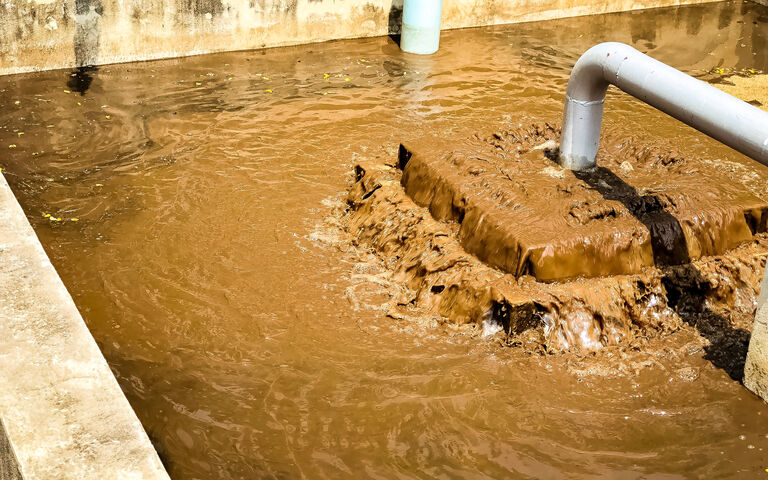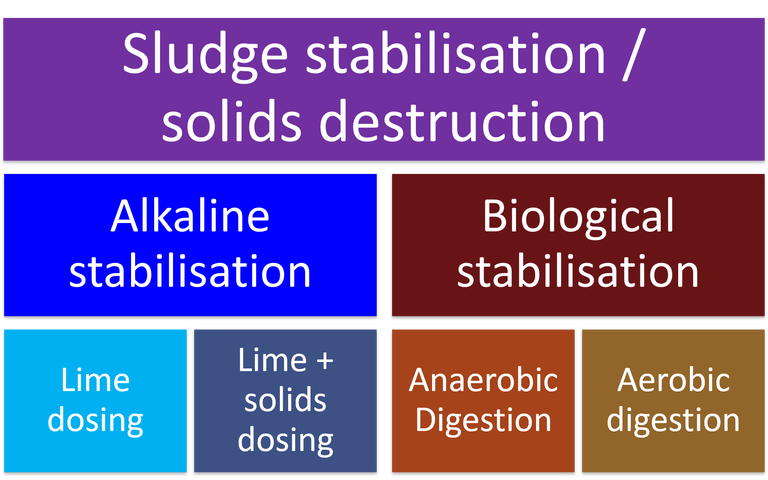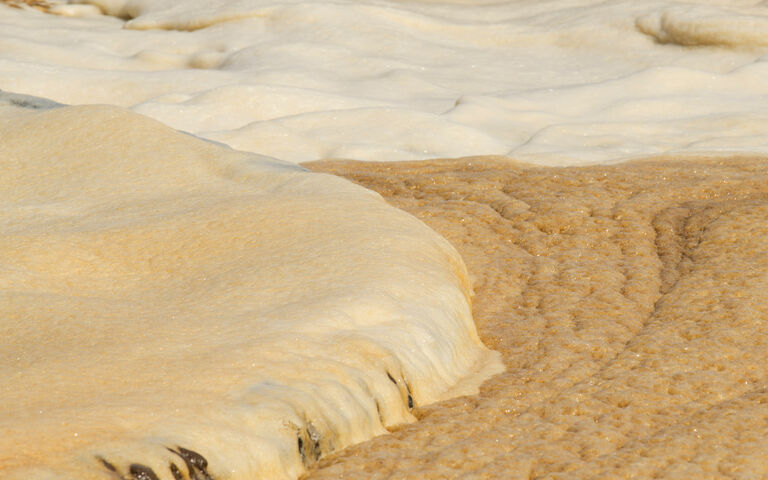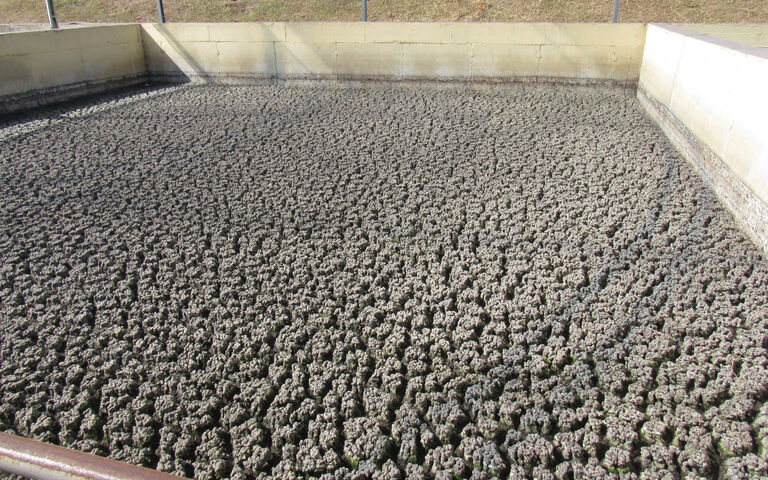
Sludge stabilisation
An overview of sludge stabilisation − alkaline stabilisation, lime and solids dosing, plus anaerobic and aerobic digestion
Your web browser is out of date.
Update your browser for better security, speed and to get the best experience on this website.
Solids with appropriate properties can be used to supplement lime dosing for sludge stabilisation, reducing the lime dose required. This can be a favourable option if the solids are low in cost (i.e. waste materials such as fly ash generated from coal combustion) and offer a similar alkaline stabilisation propensity as lime.

An overview of sludge stabilisation − alkaline stabilisation, lime and solids dosing, plus anaerobic and aerobic digestion

Stabilisation processes reduce the odour and putrescence of sludge, and level of pathogenic organisms

Alkaline stabilisation is a chemical method to reduce sludge odour and putrescence, and the level of pathogenic organisms

Chemical stabilisation of sludge reduces its odour, putrescence and pathogenic bacteria content
Thickening, dewatering and drying extract water from sludge to reduce the sludge volume
Thermochemical methods are used to either significantly reduce the sludge solids content or pre-treat sludge upstream of AD
Sludge is the main waste stream from the treatment of wastewater